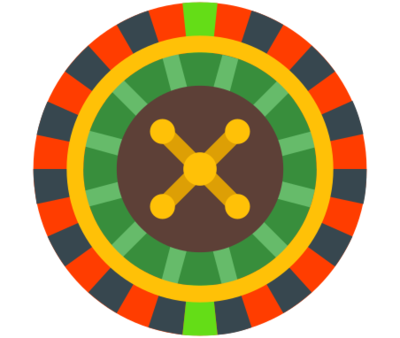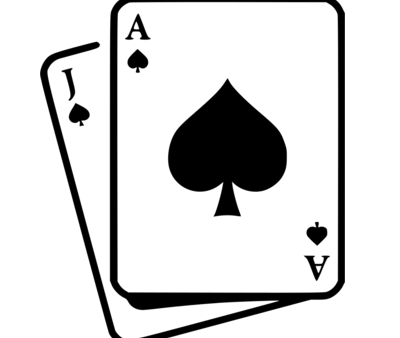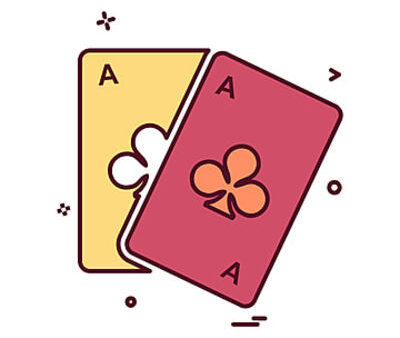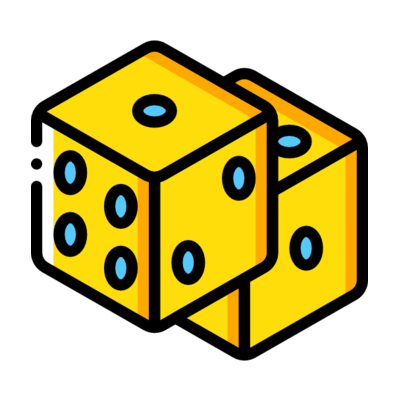
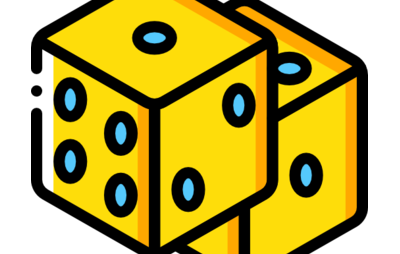
Online digital dice truly comes in many different forms and variations depending on where you play. We’ll discuss a few by looking at the basic components.
Dice min/max Range
Imagine a normal, physical die with the exception of having 10000 sides. Better yet, imagine this dice with 1000000 sides! The number is irrelevant as we can digitally create a die with any amount of sides within the bounds of how much memory we have of course. This still hasn’t answered the question yet and the answer is for the minimum range of 2 (in order to be playable and make sense) as a dice with the no numbers or only the number 1 would always yield the same result. 2 could be thought of as binary.
A zero and one and would always be able to result in either one of 2 outcomes making it usable for gambling. The maximum range is bound to the amount of memory the server or the client has seeing as though both would cap out eventually, even if only to display the result. Out in the wild however the most you’ll probably see is less than a million.
House edge
Most casinos battle it out on the house edge front by trying to provide the smallest possible house edge in the industry. Less house edge means that the RTP (return to player) is more resulting in you losing less and winning more. It’s important to remember that the more the RTP goes up and the house edge goes down, the less profit the casino will make.
This results in a general ‘low’ house edge of 1% in cryptocurrency casinos. There have been a few casinos with a low house edge of 0%, though they are obsolete and not maintained anymore, not to mention most likely not trustable either.
Dice faces
It’s important to know how many sides the die will have as this will tell you what the results would be as well as how to work out the chances and pay-outs you’d be able factor in you betting. Formula would be as follows:
- Die faces – 1
- 10000 – 1
- 9999
- 99.99 (dependant on casino)
We subtract one in order to include zero as the rolls in number form would be from 0 – 9999 and not 1 – 10000. Taking a much larger sided dice we would have a similar result when following the formula.
- Die faces – 1
- 12345 – 1
- 12344
- 1.2344 (dependant on casino)
- 12.344 (dependant on casino)
- 123.44 (dependant on casino)
- 1234.4 (dependant on casino)
Payout
After knowing the amount of dice faces we can work out what the payout is:
- faces / half of faces
- 10000 / 5000 = 2x payout
- 1000 / 500 = 2x payout
- 1000 / 500 = 2x payout
- 100 / 50 = 2x payout
More examples if sticking with the classical 10000 faces in decimal:
- (faces / 2) / (amount of target faces / 2) or faces / target amount of faces
- 100 / 33.33 = 3
- 100 / 33 = 3.03
- 100 / 25 = 4
- 100 / 10 = 10
- 100 / 1 = 100
- 100 / 0.1 = 1000
- 100 / 0.01 = 10000
Now you might be wondering why these numbers look so different from the payouts in the casino and the reason is because the house edge hasn’t been applied yet.
The casino adds this edge in order to pay for the servers and staff in practice and in theory is the reason why it’s so hard to actually beat the casino seeing as though you are always playing against that house edge.
Lets see what it looks like when we apply a house edge of 1% to the targets mentioned above:
- (faces / 2) / (amount of target faces / 2)
- 100 / 33.33 = 3 – 1% = 2.97
- 100 / 33 = 3.03 – 1% = 3
- 100 / 25 = 4 – 1% = 3.96
- 100 / 10 = 10 – 1% = 9.9
- 100 / 1 = 100 – 1% = 99
- 100 / 0.1 = 1000 – 1% = 990
- 100 / 0.01 = 10000 – 1% = 9900 (1% of 10000 = 100)
| 0% HE | 1% HE | Difference |
| 3 | 2.97 | 0.03 |
| 3.03 | 3 | 0.03 |
| 4 | 3.96 | 0.04 |
| 10 | 9.9 | 0.1 |
| 100 | 99 | 1 |
| 1000 | 990 | 10 |

